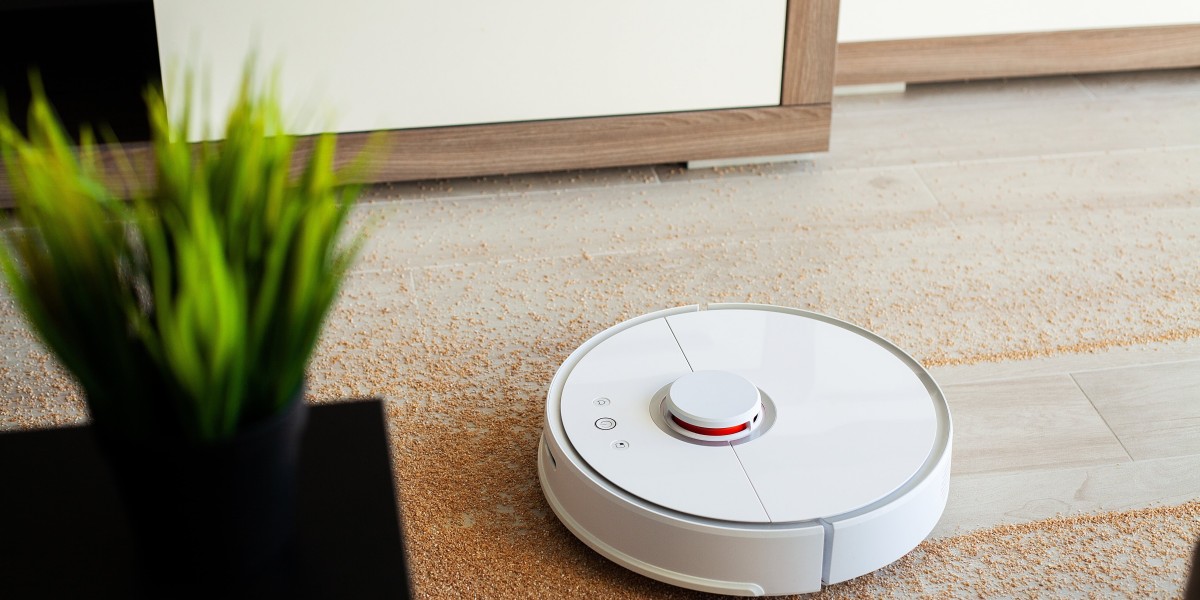The Rise of Automatic Hoover Robots: Revolutionizing Home Cleaning
In today's fast-paced world, technology continues to reshape the way we live and work. Among the innovations making a considerable impact on homes are automatic hoover robots, often referred to just as robot vacuums robot. These intelligent cleaning devices assure not just convenience but also performance in preserving clean living spaces. This post checks out the evolution, advantages, limitations, and future of automatic hoover robots.
The Evolution of Automatic Hoover Robots
The principle of automated cleaning devices dates back to the early 20th century, but it wasn't up until the arrival of sophisticated robotics, sensors, and artificial intelligence that robot vacuums became viable. The following table highlights crucial milestones in the development of automatic hoover robots:
| Year | Turning point |
|---|---|
| 1996 | The first automatic vacuum (moparwiki.win) is presented by Electrolux. |
| 2002 | iRobot launches the Roomba, a consumer-grade robot vacuum. |
| 2010 | Intro of innovative mapping innovation and crash sensing units. |
| 2016 | Robotic vacuums begin incorporating with smart home systems. |
| 2020 | Increased adoption of AI and artificial intelligence for better cleaning algorithms. |
How Automatic Hoover Robots Work
Automatic hoover robots run using a combination of sensing units and algorithms to navigate household areas. Below are key parts that contribute to the functionality of these devices:
- Sensors: Lidar (light detection and varying), infrared, and cliff sensing units assist the robot map the location and avoid challenges.
- Mapping Technology: Many models now provide advanced mapping capabilities, allowing effective navigation through spaces, identifying high-traffic areas, and remembering the layout of your home.
- Cleaning Modes: Most best robot floor cleaner vacuums include multiple cleaning modes, including area cleaning, edge cleaning, and methodical navigation.
- App Connectivity: Many contemporary designs permit control through smart device apps, allowing users to schedule cleansings and tailor settings from another location.
Advantages of Automatic Hoover Robots
Automatic hoover robots offer a plethora of advantages, making them appealing to a significant variety of customers. Here are some compelling advantages:

- Time-Saving: Users can schedule cleansings and multitask while the robot does the work.
- Constant Cleaning: Regularly arranged cleanings make sure that homes stay neat.
- Accessibility: Robots can clean up hard-to-reach locations like under furnishings without manual effort.
- smart robot Features: Integration with smart home systems enables voice control and more sophisticated scheduling alternatives.
Limitations of Automatic Hoover Robots
In spite of their benefits, automatic hoover robots have certain disadvantages that users require to think about:
- Battery Life: Most robot vacuums require charging, which can disrupt cleaning cycles.
- Suction Power: While reliable for light debris, they may deal with deeply ingrained dirt or thick carpets.
- Upkeep: Regular cleaning of brushes and filters is essential to maintain performance.
- Expense: High-end models can be pricey, which might be a barrier for some customers.
Future of Automatic Hoover Robots
As technology continues to advance, there are numerous amazing prospects for automatic hoover robots. Here's what to expect in the coming years:
- Enhanced AI: Improved machine finding out algorithms could allow robots to adjust their cleaning strategies based on the particular design and dirt levels in a home.
- Multi-Functionality: Future designs may not only vacuum but likewise mop, decontaminate surface areas, or perhaps supply real-time ecological tracking.
- Integration with Home Automation: Increased interoperability with various smart home systems will likely improve control and performance.
- Sustainability: Future variations may concentrate on eco-friendly functions, consisting of naturally degradable elements and energy-efficient operations.
Frequently Asked Questions (FAQs)
1. How frequently should I run my automatic hoover robot?
- It mostly depends upon your lifestyle, but running it a few times each week can assist preserve a clean home, especially in high-traffic areas.
2. Can I utilize a robot vacuum on carpets?
- Numerous robot vacuums are designed to deal with carpets, but efficiency might vary depending on the density and thickness. Constantly examine the manufacturer's requirements.
3. Do robot vacuums work well with pet hair?
- Most contemporary models are equipped with brushes and strong suction power particularly developed to manage pet hair successfully.
4. Can I schedule cleansings from another location?

- Yes, many robot vacuums come with smartphone apps that allow users to schedule cleansings and control features from anywhere.
5. How do I maintain my robot vacuum?
- Routinely tidy the brushes, empty the dustbin, and change filters according to the producer's recommendations to guarantee optimum efficiency.
Automatic hoover robots represent a considerable shift in the way homes approach cleaning. By integrating sophisticated innovation with easy to use features, these gadgets not only supply benefit however also boost performance in maintaining clean home. As improvements continue, the future of automatic hoover robots looks appealing, possibly providing a lot more intelligent services for modern-day homes.
In a world where time is of the essence, the function of technology in home care is ending up being progressively vital, making automatic hoover robots an exceptional investment for those aiming to simplify their lives while ensuring cleanliness.








